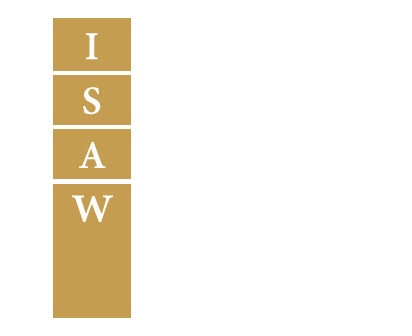She has been the geologist in charge of archaeometric analyses of ceramic sherds from the Kınık Höyük
excavation since 2011. After the acquisition of the portable X-ray fluorescence spectrometer ELIO XGLab
in 2015, she is also in charge for running the pXRF lab and analyzing all findings.
Her research activity is addressed to reconstruct ancient production technologies and materials
provenances, applying the analytical techniques used in Earth Sciences (i.e., optical microscopy,
SEM-EDX, XRD, XRF, EPMA and Raman spectroscopy). The research interests of dr Basso can be summarized as follows:
• Archaeometric studies on glass and glazed ceramics (from Ellenistic to Renaissance time)
• Mineralogical, petrographic and geochemical studies of archaeological pottery, aiming to unravel ancient technology and to
characterize raw materials
• Diagnostic analyses on Romanesque stuccoworks in Lombardia
• Archaeometric analyses of mortars and stones of historic buildings
• Analysis of Cobalt blue pigment in works of art, in order to trace the geological origin of the raw materials.
elena.basso@unipv.it
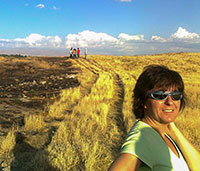
Elena Basso
SCIENTIFIC CONSULTANT AT INSTITUTE FOR THE STUDY OF THE ANCIENT WORLD
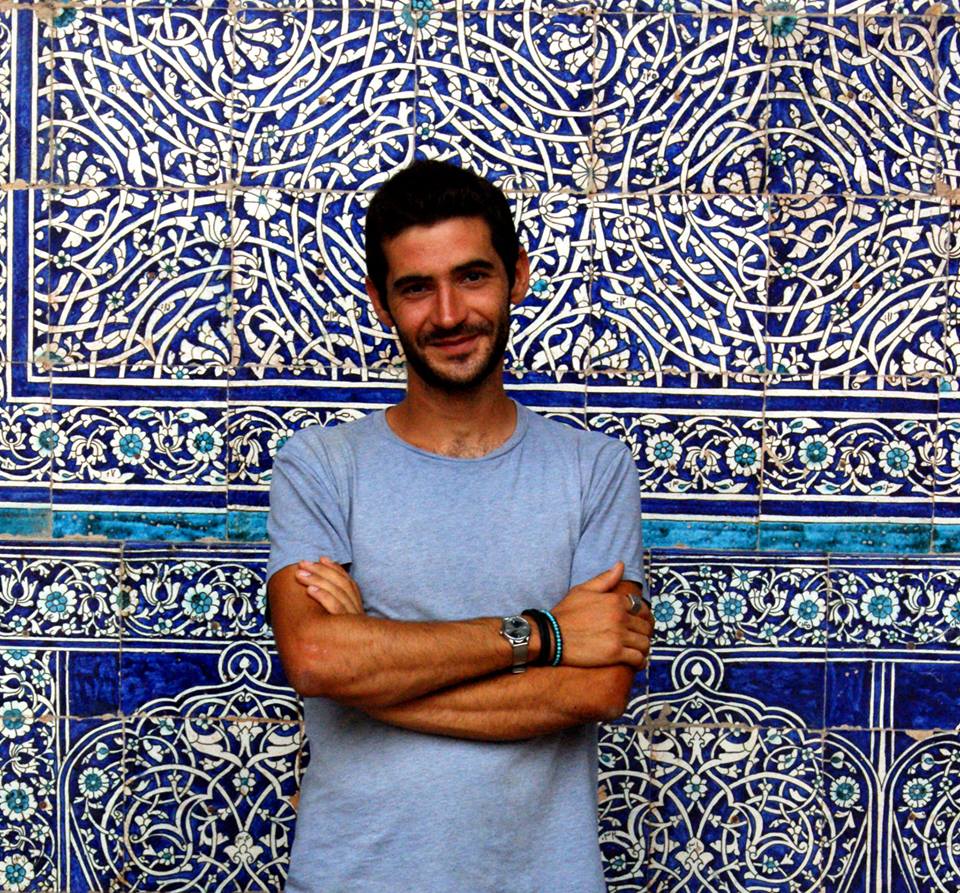
Lorenzo Castellano
PhD Student, Institute for the Study of the Ancient World, New York University
I received a BA in Cultural Heritage Sciences and a MA in Archaeology at University of Milan. My BA and MA were focused on European Proto-history (Bronze and Iron Ages). In 2008 I began to work as a professional archaeologist. Through collaborations with Italian research institutes and private firms I have participated in a number of research and development-led excavations in varied cultural and chronological contexts. Besides my archaeological field work, I have conducted extensive research within environmental archeology, thanks to a long time collaboration with the Laboratory of Palynology and Paleoecology of the Italian National Council of Research – CNR (with a focus on archaeobotany and ethnobotany) and a research fellowship at the Earth Sciences Department of the Milan-Bicocca University (research topic the reconstruction of the Late Holocene climatic change in Northern Italy). Currently I am PhD student at NYU-ISAW, with archaeology and environmental history of Anatolia as the central topic of my research.
Research Profile

Valentina Cinieri
PhD, Postgraduate student at School in Architectural Heritage and Landscape
DICAr, University of Pavia (Italy); DSA, University of Genoa (Italy)
Valentina Cinieri earned her Master's degree in Building Engineering and Architecture at the University of Pavia (Italy) in 2010 with the thesis "The restoration of the ancient hamlet Embresi (Piacenza, Italy)". In 2011 she took part in research activities about built heritage (preservation, energy efficiency of historical buildings, planned conservation) at the Interdepartmental Centre for Studies and Research on the Conservation of Cultural Heritage (CISRiC), and at the Department of Civil Engineering and Architecture (DICAr). She attended the postgraduate school in Civil and Architectural Engineering at the University of Pavia, and obtained her PhD in 2015 with the thesis “Widespread built heritage. A sustainable approach to conservation and management”, in which she proposed a lifecycle oriented approach for the conservation of the pre-industrial built heritage.
Since 2012 she is involved in study of building techniques and conservation planning of the archaeological heritage at Kinik Höyük (Southern Cappadocia, Turkey).
Currently she attended the postgraduate School in architectural Heritage and Lanscape at University of Genoa. The school is focused on issues of cultural built heritage preservation and it is arranged in lectures, workshops and design activities aimed to restoration of built heritage.
Her interests focus on ancient building technologies and sustainable preservation of historical buildings. She takes part at national and international conferences about built heritage preservation and building technologies.
valentina.cinieri@gmail.com

Pam Crabtree & Douglas Campana
Pam: Associate Professor of Anthropology, Anthropology Department and the Center for the Study of Human Origins, New York University
Douglas: PhD, Columbia University
Pam Crabtree is an Associate Professor of Anthropology in the Anthropology Department and the Center for the
Study of Human Origins at New York University. She joined the NYU faculty in 1990. Crabtree received her graduate
training in anthropological archaeology and zooarchaeology at the University of Pennsylvania. Her research interests
include animal domestication, the transition from foraging to farming, and the use of animal remains to reconstruct
the herding patterns and hunting practices in complex societies. Most of Crabtree’s early research focused on the
study of faunal remains from late Roman and Early and Middle Anglo-Saxon sites in eastern England. She has also
worked on faunal remains from a wide variety of sites in Europe, the Middle East, Egypt, and historic North America.
Crabtree works closely with her colleague and husband, Dr. Douglas Campana. Campana received his PhD in Near Eastern
prehistory from Columbia University in 1981. He spent much of his career as an archaeologist for the US National
Park Service, and he retired from the Park Service in 2006. In addition to the Kinik Höyük project, Crabtree and
Campana have collaborated with their colleague, Dr. Susan Johnston, on the Dún Ailinne project in Ireland, and they
have served as archaeozoologists for the Amheida project in Egypt and the Brandon Middle Saxon project in England.
pc4@nyu.edu

Catherine Kuzucuoglu
Professor of Physical Geography, Paris 1 University, France
Geomorphologist, working on palaeoenvironmental sediment archives
Directrice de Recherches CNRS at the Laboratoire de Géographie
Physique (UMR 8591), Meudon.
pc4@nyu.edu
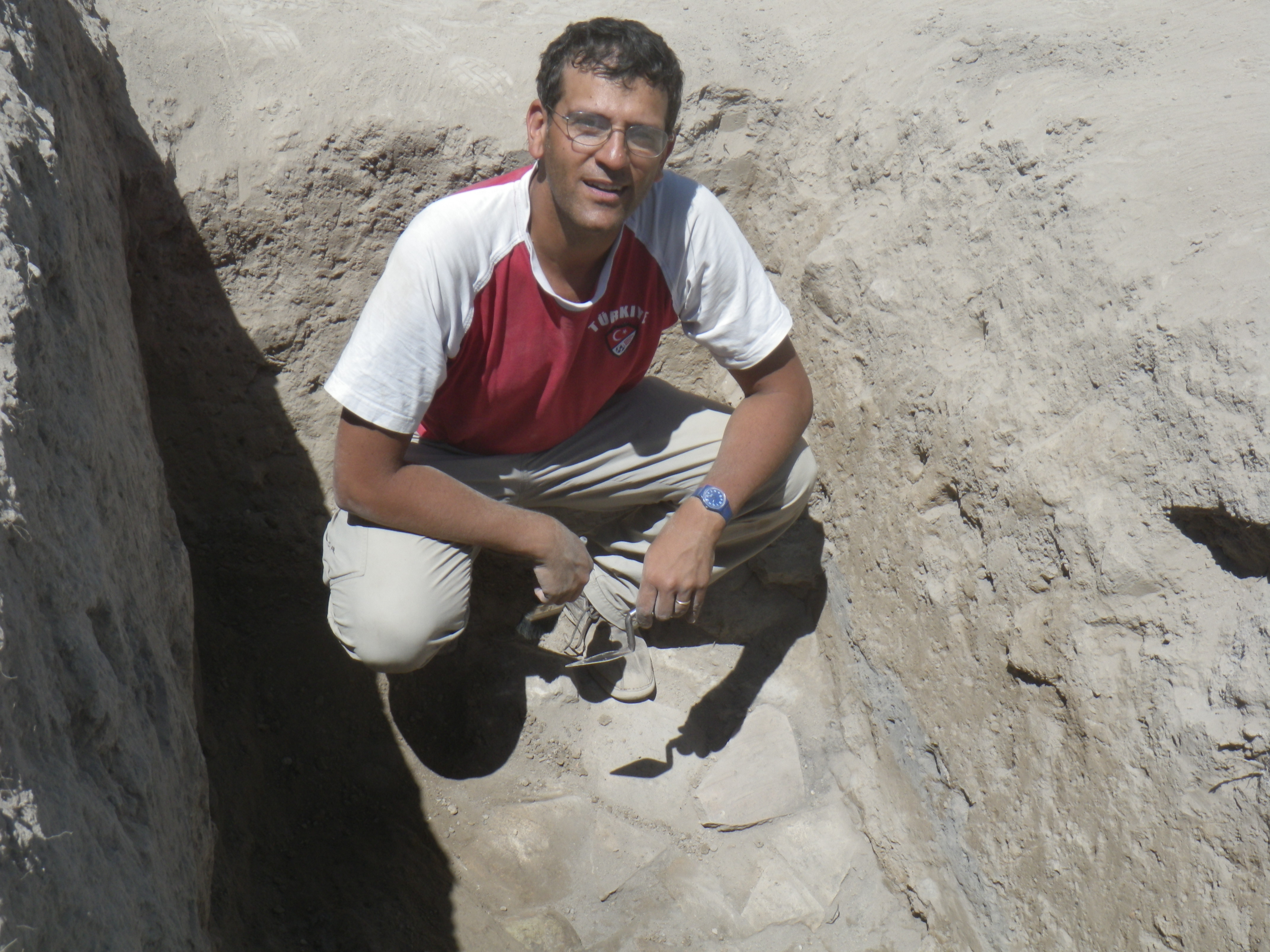
Lorenzo D'Alfonso
ASSOCIATE PROFESSOR OF WESTERN ASIAN ARCHAEOLOGY AND HISTORY, INSTITUTE FOR THE STUDY OF THE ANCIENT WORLD, NEW YORK UNIVERSITY
Professor d'Alfonso earned his MA in Ancient Civilizations from the University of Pavia (1997) and his PhD in
Ancient Anatolian and Aegean Studies from the University of Florence (2002). Since then he has worked as a
post-doctoral fellow and adjunct professor at the Universities of Mainz, Konstanz, and Pavia. His main research
interests concern the social, juridical, and political history of Syria and Anatolia under the Hittite Empire and
during its aftermath (16th-7th centuries BC). On these themes he has published a monograph on the judicial
procedures of the Hittite administration in Syria (2005), a website of textual references (The Emar Online Database),
more than 30 articles in volumes and journals, and co-edited two volumes. From 2006 to 2009 he was the director of
an archaeological survey in Southern Cappadocia, and since 2010 he has concentrated his efforts on the site of
Kinik Höyük (Niğde, Turkey). Professor d'Alfonso began offering seminars in the spring of 2012.
lda5@nyu.edu
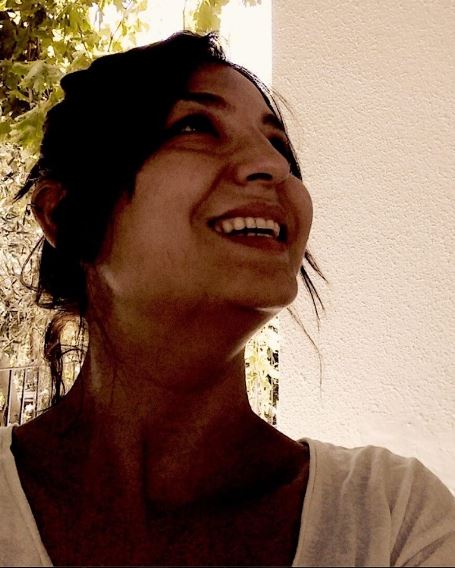
Hatice Ergurer
Assistant Professor, Karamanoğlu Mehmetbey Üniversitesi
Hatice completed her undergraduate program at Atatürk University Erzurum, the Archaeology Department, between 2000-2004. She obtained her M.A degree from the same department in 2009, and started her PhD in that same year. She completed his PhD thesis titled "The İron Age Pottery from Niğde Kınık Höyük " in June 2016. She has taken part in the excavations at Kınık Höyük excavation since 2012and has been the Vice Director of the Kınık Höyük Excavation since 2016.
h-ergurer@yandex.com
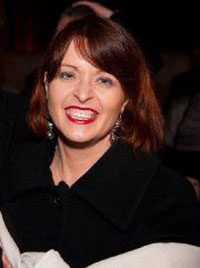
Maria Elena Gorrini
ASSOCIATE PROFESSOR OF CLASSICAL ARCHAEOLOGY, DEPARTMENT OF HUMANITIES, UNIVERSITY OF PAVIA
Maria Elena Gorrini earned her BA in Ancient Civilizations from the University of Pavia (1997), her MA in Archaeology in 2001, at the Italian Archaeological School of Athens (2001) and her PhD in Archaeology from the Istituto Universitario Orientale, Naples (2004). Since then she has worked as a post-doctoral fellow and adjunct professor at the Arcadia University at the Mediterranean Centre, Syracuse, and at the University of Pavia, where she teaches Greek Archaeology and Archaeology of Magna Graecia.
Her main research interests concern Greek cults, heroic and divine, from the 4th c. BC to the Romanization. On these themes she has just published a monograph (Healing heroes of Attica, Rome, Quasar 2013) and several articles in volumes and journals. Aside, she has studied and published several sculptures from the Gonzaga and the Acerbi collections, Mantua, and is collaborating with the archaeological Soprintendenza of Lazio, Italy, to study Hadrianic period in Latium. Lastly, she has started working on aerial photography in Northern Italy, for a reconstruction of the archaeological landscape.
From 1997 to 2000 she was member of the Italian Archaeological Mission in Gortys, Crete, and since 2013 she is the director of the archaeological survey of Santa Sofia-Pavia, and of Livorno Ferraris, Vercelli.
mariaelena.gorrini@unipv.it
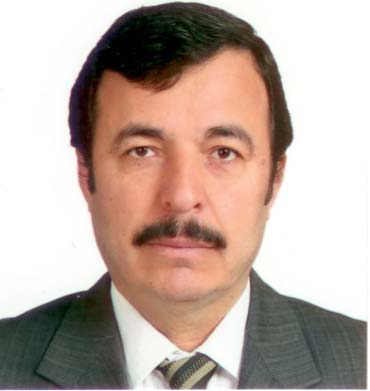
Ali Gürel
Associate Professor in the Deptartment of Geological Engineering, Niğde University
Ali GÜREL is Associate Professor and teaches General Geology in the Dept. of Geological Engineering at Niğde University. His main research interests are:
• Ancient Lake and their sedimentary record, with special emphasis on catchment area of ancient lake environments (palaeosol, calcrete, and paleoclimatic conditions)
• Continental sedimentary environments in general, and with special emphasis on clay mineralogy and paleoclimatic conditions
• Continental sedimentary environments and terrestrial diagenesis
He develops two main research projects
• Clay mineralogy of Neogene sequences of Cappadocian Volcanic Provence (CVP, Central Anatolia): Source of sedment-Paleosoils and paeoclimatic variations, TÜBITAK, 01.08.2005-01-08-2008,
• Hydrogeochemical and Isotopic Investigation of Thermal-Mineral Waters and Travertenes, and Medical and Bioclimatic Evaluation of the Waters in Central Anatolia, Turkey, TÜBITAK, 01.07.2005, 01-07-2008; pp 119.
He cooperates with the archaeological investigations of Kınık Höyük and the northern Bor Plain since 2008.
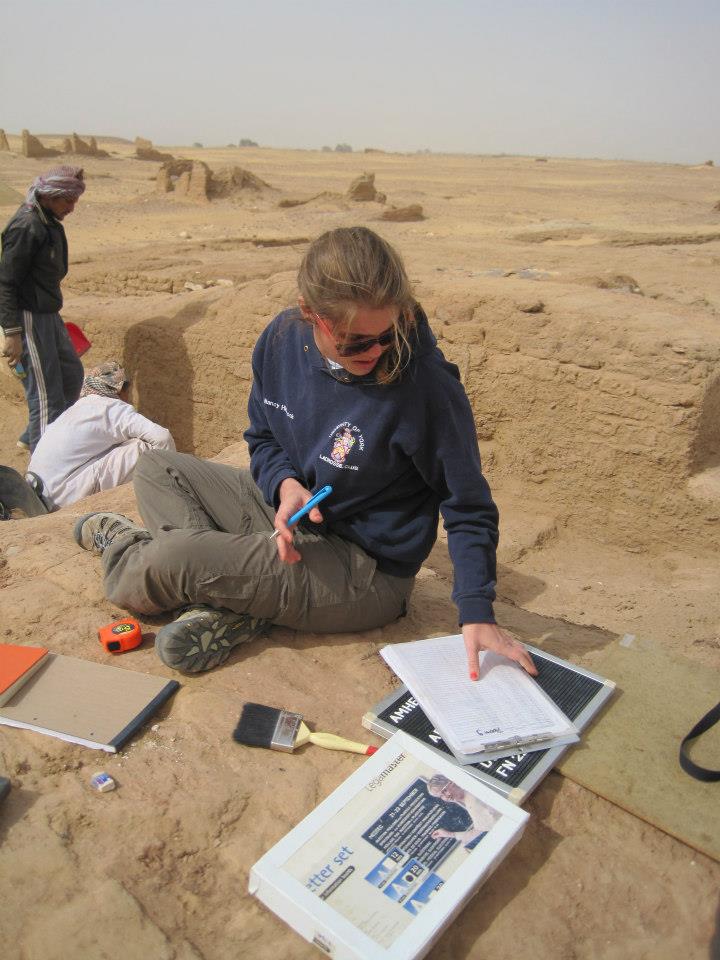
Nancy Highcock
PHD CANDIDATE, ANCIENT NEAR EASTERN AND EGYPTIAN STUDIES DEPARTMENT, NYU
Nancy holds a BA in Classical and Medieval Studies from Bates College (honors) and an MA in Medieval Studies from the University of York. In addition to directing the excavation of the lower town at Kınık (Area D), she is currently completing her dissertation on the Assyrian performance of communal identity through both text and material culture within the mercantile communities of Middle Bronze Age Anatolia. Her research interests include diaspora communities in the ANE, interactions between northern Mesopotamia, Syria and Anatolia, and the archaeology of mobile communities. She is the Hagop Kevorkian Curatorial Fellow in the Department of Ancient Near Eastern Art at the Metropolitan Museum of Art, NYC for the 2016-2017 Academic Year where she is researching the collections related to MBA Anatolia. She has taught courses on Mesopotamian and Egyptian archaeology, literature and history at NYU and has also participated in field projects in the US, Greece, and Egypt. nah288@nyu.edu
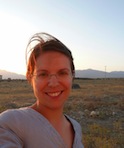
Anna Lanaro
PhD, Research Affiliate Institute for the Study of the Ancient World, New York University
Anna Lanaro obtained her Master's degree in the History of the Ancient Near East at the University of Pavia, Italy in 2007 with the thesis "’International Style’ in the Ancient Near East in the Late Bronze Age: State of the Art, Problems, and Outlook". She went on to the Institute of Egyptology and Ancient Near East at Johannes Gutenberg University (Mainz, Germany), and obtained her PhD in 2012 with the thesis “The Problematic of the Bed-Panel of Ugarit”. In 2013-2014, she was visiting research scholar at ISAW (now research affiliate). Her interest focuses mostly on the Levant of the Late Bronze Age, with particular emphasis on iconography and artistic connectivity.
At Kinik Höyük, she has been working on the Iron Age Inner City (Operation A2) and on the citadel wall along the southern slope (Operation C wall). Moreover, since her participation in the excavation, she has researched and published on Iron Age landscape monuments from Central Anatolia.
anna.lanaro184@nyu.edu
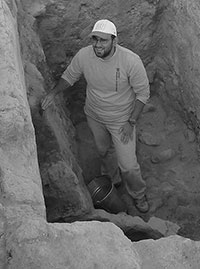
Alessio Mantovan
SPECIALIZATION, SCHOOL OF ARCHAEOLOGY, UNIVERSITY OF MILAN
In 2014, I graduated from the University of Pavia with a MA in “Ancient Philology, Literature and History”. In my thesis I deal with the ceramic production in Central Anatolia during the Late Iron Age, analyzing and discussing the results of archaeometrical and petrographic investigations conducted on relevant ceramic findings from Kınık Höyük. In addition to Kınık Höyük, I also worked in other archaeological expeditions in the Mediterranean area. Currently I’m completing the second year of two-year Specialization at the School of Archeology at University of Milan and my research is focused on the analysis of methodological problems related to the archeology of the Ancient Near East.
alessio.mantovan84@gmail.com
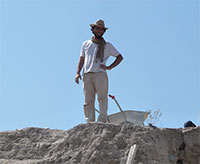
Alvise Matessi
PHD, ISTITUTO ITALIANO PER LA STORIA ANTICA
In January 2014, I earned a Ph.D. degree in Ancient Western Asian Studies at the University of Pavia, completing
a dissertation on the political geography of South-Central Anatolia during the Hittite period. My research interest
concerns the political geography, territoriality and spatial organization of authority in early complex empires and
canton states, with focus on pre-Classical Anatolia and Syria. For the academic year 2014-15 I was appointed Visiting
Professor at the Institute for the History of Ancient Civilizations, Northeast Normal University (Changchun, China).
Since Fall 2016 I am research fellow at the Istituto Italiano per la Storia Antica (Rome, Italy), where I am
continuing research on the ancient political landscapes of the Eastern Mediterranean region. Other academic affiliations
include the University of Pavia and the Institute for the Study of the Ancient World, NYU.
I took part in archaeological excavations and surveys in Syria, at Tell Ashara/Terqa (field director: Olivier Rouault,
Université Lumière Lyon 2), where I worked as area supervisor and was responsible of the classification and restoration
of lithic materials. In 2008 I started archaeological work in Turkey, which included the participation to surveys and
excavations in Southern Cappadocia and a period of internship at the Museum of Niğde.
At Kınık Höyük I am the supervisor of the work in Operation B, being responsible of the publication of the stratigraphy.
abu.adjadj@gmail.com
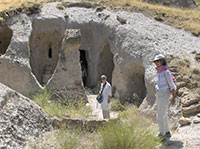
Clelia Mora
Professor of Ancient Near Eastern History, Department of Humanities, University of Pavia
Clelia Mora is Professor of Ancient Near Eastern History at the University of Pavia. She directed the Department of ‘Scienze dell’Antichità’ (University of Pavia) from December 2009to February 2012.
She is coordinator of the PhD of Ancient Mediterranean Civilizations.
Her subjects of research include: Hittite history during the last phase of the Imperial age; therelationships between Anatolia and northern Syria in the LBA; the Assyrian-Hittite relations;studies on Hittite administration; Iron Age documents and hieroglyphic script. In these researchdomains she has written four volumes, more than 100 publications and has edited eight volumes;she took part in the organization of eight national and international meetings.
From 2003 to 2006 Clelia Mora was coordinator of a research unit within PRIN-MUR projects, from 2007 to 2008: chairwoman of the ‘Commissione Garanti PRIN – ‘Ministero Università e Ricerca, Rome’; she is member of the ‘Istituto Lombardo di Scienze e Lettere’, Milan and of the scientific board of the Center for Cooperation and Development (CICOPS) – Pavia University.
She was (2000 – 2009) member of the Direction Committee - Archaeological Mission of Terqa(Syria), directed by O. Rouault (University Lyon 2, France).
Within the archaeological mission at Kınık Höyük C. Mora is coordinator of the historical and epigraphic research
clelia.mora@unipv.it
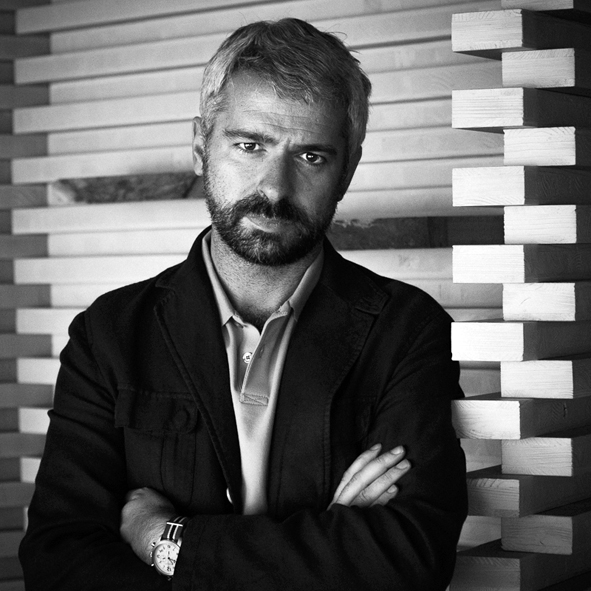
Marco Morandotti
Associate Professor of Architectural Engineering, University of Pavia
Marco Morandotti was born in 1972. He is Associate professor of Architectural Engineering at the University of Pavia, the Faculty of Engineering (since 2002). He is the Director of the Interdepartmental Centre for the Conservation of the Historical Heritage of the University of Pavia (Since 2010), the coordinator of the Ph.D. Course of “Building Architecture” (2007/2012).
He is responsible for the scientific activity of the STEP laboratory (Science and Techniques for the Building Project) in the Department of Civil Engineering and Architecture (DICAr) (Since 2002).
Main research interests are focused on two topics:
1. knowledge based conservation of the historical heritage,
2. sustainable design in developing countries,
3. hospital design and healthcare planning

Marco De Pietri
PHD STUDENT, UNIVERSITY OF PAVIA
I started working at Kınık Höyük in 2013. I graduated from the University of Pavia (BA in “Antichità classiche e orientali” 2012) with a thesis in Egyptology entitled “La collezione egizia delle Raccolte Archeologiche dell’Università degli Studi di Pavia” (with prof. Clelia Mora and prof. Patrizia Piacentini). My MA (“Antichità classiche e orientali” 2014) from Pavia in Hittitology is entitled “Per lo studio della glittica anatolica del II millennio a.C.: indici dei nomi, prosopografia, analisi del titolo “SCRIBA” (with prof. Clelia Mora and prof. Mauro Giorgieri). I am currently working onmy PhD at the University of Pavia, with a dissertation entitled “Between Pharaonic Egypt and the State Entities of the Hittite and Post-Hittite Anatolia” (tutored by prof. Clelia Mora). I am also collaborating with the University of Mainz for the updating of the Hethitologie Portal Mainz (archaeological bibliography, Anatolian glyptic and prosopography of the 2nd millennium BC) and work on an international project for the excavation of the Cave 11Q of Qumran (headed by prof. Marcello Fidanzio, “Facoltà Teologica di Lugano”, Switzerland). I also worked with prof. Giorgio Buccellati (UCLA University, LA) for the development of the online bibliography for the publication of his book “A Critique of Archaeological Reason”, Cambridge University Press (forthcoming). I spent some periods of research in Israel, Egypt and Turkey, mainly in Istanbul (NIT and DAI) and in Ankara (BIAA). I am currently studying the Egyptian collections of the Archaeological Museum of the University of Pavia and of the “Musei Civici” of Pavia. I am also member of the BIAA and of the IAE.

Massimo Setti
Associate Professor at the Department of Earth and Environmental Sciences, University of Pavia
Massimo Setti was born in Pavia (Italy) in June, 1957. He is at present associate professor at the Department of Earth and Environmental Sciences, of the University of Pavia, where is he graduated in Geological Sciences in December of 1983. He especially carried out investigations on clay minerals and over twenty years studies in archaeometry, degradation and conservation of the monuments. He is author, until 2014, of 130 papers in national and international journals and 142 abstracts presented at national and international conferences. Didactic activities are carried out at the in the Academic year 2014-2015 he is the holder of the following courses: Geomaterials; Applied Mineralogy - Degradation and Conservation of Monuments. Member of the Academic Board of the PhD in the same Department.
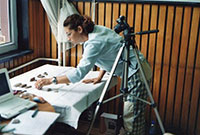
Bianca Maria Tomassini Pieri
PhD, University of Pavia
Degree in History and Civilization of Ancient World (University of Pavia, Italy), thesis on “Materials
from Ḫana Kingdom, II mill. B.C. Typological study of pottery from C and E sectors of Tell Ashara-Terqa (Syria)”.
PhD in Civilizations of Ancient Mediterranean (University of Pavia, Italy), thesis on “Southern-central Anatolia
during the Hittite period. Settlements and communication routes in the Lower Land, with particular attention to
the Tuwanuwa region and the road through the Cilician Gates”. Dr. Tomassini Pieri took part for a long time in
the Mission Archéologique Française à Ashara-Terqa (Sirie) as archaeologist, illustrator and scholar of the
ceramic material of Ḫana period. After moving her interests to the region of Anatolia, from the beginning she
took part in the Survey in Southern Cappadocia as scholar of the Late Bronze Age pottery, assistant illustrator
and co-author of the web site “Archaeological Survey in
Southern Cappadocia (Turkey)” .
She continued taking part in the Archaeological Mission at Kınık Höyük as archaeologist and scholar of Late
Bronze Age pottery. At present she continues to be interested in the study of Late Bronze Age pottery and
geography of ancient Anatolia, with attention to the correct definition and location of the Hittite Lower Land.
tomassinipieri@yahoo.it

Andrea Trameri
PhD Candidate, Institute for the Study of the Ancient World, New York University
Andrea Trameri holds a BA in Classics (2009) and an MA in Classics and Ancient Near Eastern Studies (2012) received at the University of Pavia (Italy). He is currently a PhD candidate at ISAW (NYU), and his doctoral curriculum focuses on Hittite, Anatolian and Aegean Studies. His research interests are dedicated mainly to the Middle and Late Bronze Age and range from archaeology and history to philology and linguistics. His dissertation research focuses on the history and culture of the Late Bronze Age state of Kizzuwatna. He took part in archaeological excavations in Syria (Tell Ashara/Terqa) in 2010, and he has been a member of the excavation team at Kınık Höyük since 2011. He the field supervisor of area A since 2013.
at2562@nyu.edu
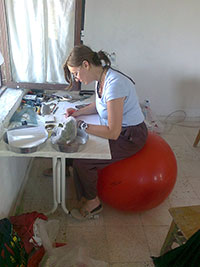
Paola Vertuani
FINDS ILLUSTRATOR
Paola Vertuani has been trained as finds illustrator by professor Renato Peroni-Università La Sapienza, Roma-, on his archaelogical project in South Italy, starting from 1990 campaign.
Since then she enlarged her work experience from South Italy (Trebisacce, Palmi, Cannatello, Milazzo, Lipari, Stromboli, Afragola, Cosenza) to Aegean area (Heraklion) and Near East, as illustrator in different project (Syria, Turkey, Iraqi Kurdistan).
She teaches archaeological drawing tecnique on university seminars, and collaborate occasionally with museums.
Her interest focuses mostly on prehistoric material and problems connected to representation of ceramic technology (collaboration in “Dal coccio al vasaio” S.T. Levi, Zanichelli 2010).
paola_vertuani@hotmail.com
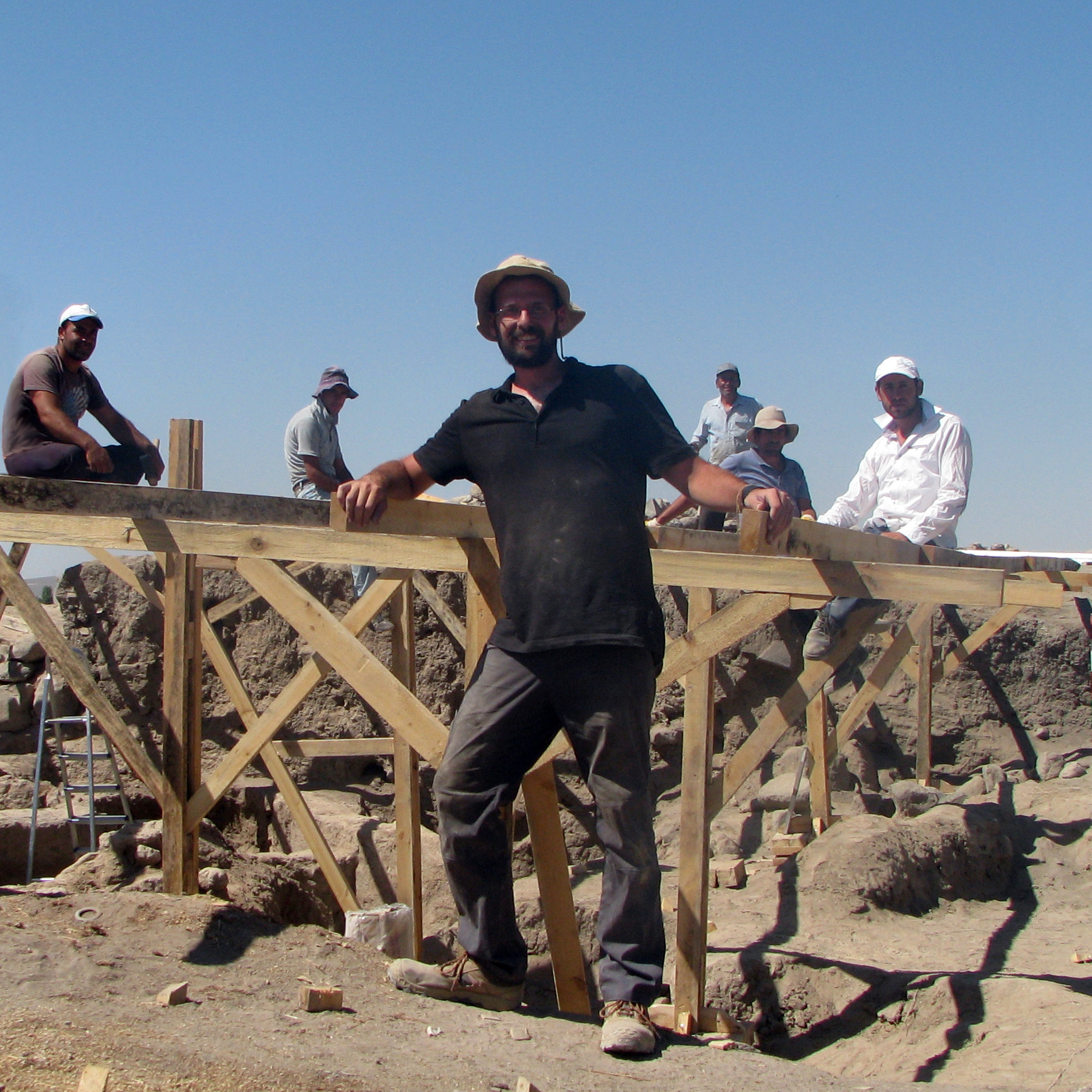
Emanuele Zamperini
Adjunct Professor, University of Parma
Emanuele Zamperini earned his degree in Building Engineering/Architecture from the University of Pavia in 2003. He earned two post-graduate master degrees from the Polytechnic University of Milan: in Preservation and Reuse of Built Heritage (2004), and in Design of Planned Preservation (2005). He earned his PhD in Civil and Architectural Engineering from the University of Pavia in 2014. He has been speaker at national and international conferences in the field of construction history, preservation and refurbishment; on the same topics he is author of more than 30 publications on national and international journals, books and proceedings of congresses. Since 2003 he has contributed to the teaching activities of Building Engineering 1, Refurbishment and Preservation of Buildings, and Architectural Restoration at University of Pavia; in 2007-08 he has been adjunct professor of Theory and Design of Buildings and Structures at the Polytechnic University of Milan; since February 2015 he is adjunct professor of Constructive characters of historic buildings at the University of Parma.
